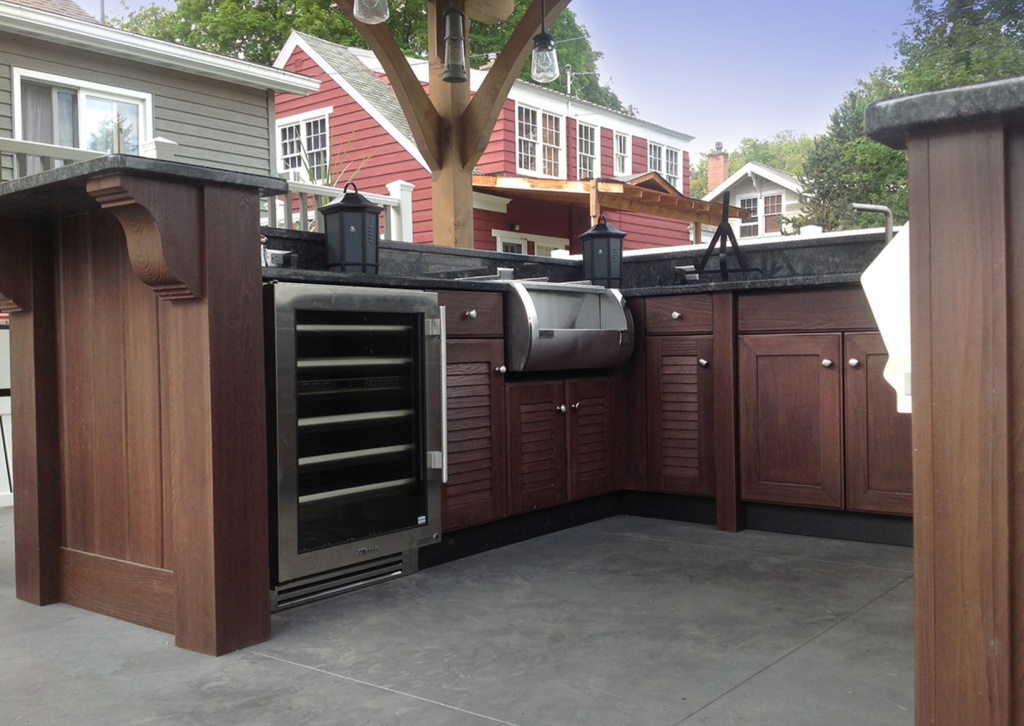Type X & Type C Drywall: What You Need to Know About Fire-Rated Drywall
Whether you’re doing a renovation or building something new, it’s important to understand types of drywall, the drywall installation process, and the types of fire-rated products you can use.
Although all types of drywall resist fire to some degree, Type C and Type X are specifically made to do so, making them a popular choice in the building materials industry due to their increased safety offers. However, this does not mean you can use the pair interchangeably—there are differences, and whether you’re a starting out in the drywall business or a DIYer, it’s important to learn to distinguish between the two to use them correctly.
Type X
The first fire code product is called type X drywall, which is made from gypsum that has noncombustible glass fibers. The material used for this product increases its fire rating to a minimum of an hour and is usually installed in projects such as area separation firewalls, shaft walls, and stairwell walls.
Type C
Type C drywall is known as the more durable version of Type X—there are more glass fibers in this product as well as more vermiculite components, giving it a fire resistance of 2-4 hours. You can find this product at your local drywall and insulation store in 1/2” and 5/8” thickness.
Difference Between Type X and Type C
Although Type X and Type C might only seem slightly different, it is still important to understand the differences between the two, especially when it comes to uses and applications and fire resistance. The primary differences include the following:
-
1. Type C comes in thinner boards and is easier to install;
2. Type X meets international standards;
3. Type C is more expensive;
4. Type X has longer structural life; and
5. Type C is better to use when installed horizontally, making it great for ceiling projects.
Type C and Type X drywall both have different strengths and deficiencies based on the project you are using them for. When building or renovating always ensure you’re basing your purchase off of application and fire rating.
Why is Fire-Rated Drywall Important?
No matter where you’re or what you’re building, using quality fire-rated drywall is essential. Not only is it simply good practice, but it is also usually required by state codes and local building codes. When dealing with residential buildings and homes, fire rated drywall is often found in the following areas:
-
• Utility rooms,
• Basements,
• Furnace rooms,
• Wood stove rooms, and
• Attached ceilings and walls near living areas.
For commercial buildings, fire rated drywall will usually be a requirement for most of the building’s ceilings and walls for fire partitions and assemblies, a staple for safety.
Quality Fire Rated Drywall at New England Building Supply
Now that you know what type of fire rated drywall you need for your project, it’s time to start looking for options. At New England Building Supply, we offer Type X and Type C drywall in a variety of thicknesses to ensure your building is safe and well-built.
To learn more about the types of drywall we offer, contact us today or stop by our downtown Boston showroom to speak with an experienced drywall professional. Happy drywalling!

